How to wipe the polyurethane foam from the door?

When working with polyurethane foam for installing doors, moments when the material falls on the surface of the door leaf are not excluded. In this case, it is important to know how and how to properly scrub this material without harming the door. Consider the important nuances, taking into account the features of pollution and different types of surfaces.
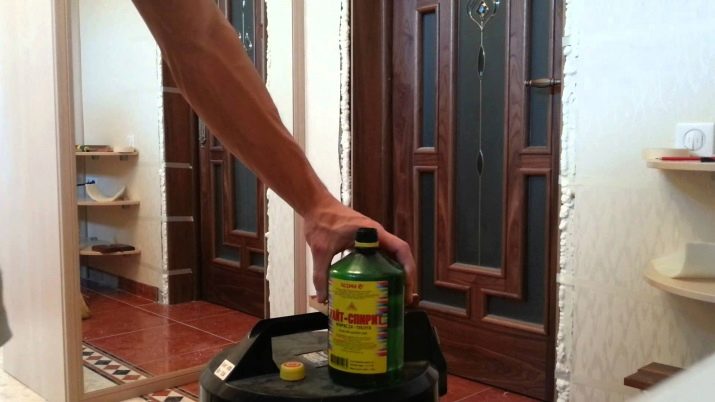
Features of pollution
The base of the polyurethane foam is polyurethane, which, under the pressure of a mixture of propellant gases, is supplied from the cylinder nozzle. Polyurethane can be composed of one or two components: polyurethane and a hardener. Good foam has good adhesion to almost any surface. Exceptions are polyethylene, teflon, oil and silicone. Any foam contains surfactants that directly affect its ability to foam uniformly. If the composition is not correct, large bubbles and voids will be visible in the frozen foam.
The professional foam used is usually characterized by controlled yield, low volume change, high volume of usable product.
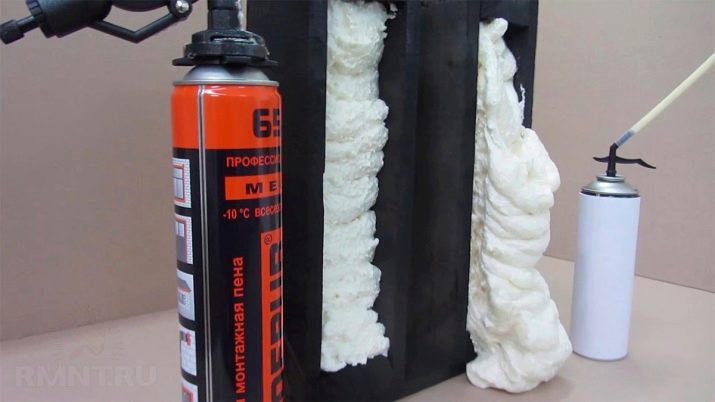
When renovating premises, a one-component composition is mainly used. It can be pumped in liquid form into cylinders, which differ in the way of feeding the foam: for domestic use and for professional work. Let's consider the features of each type.
- Household spray cans equipped with a nozzle in the form of a plastic tube-nozzle. The supply of the composition from such devices is extremely uneven, the pressure is not regulated. Therefore, often the foam comes in jerks and is supplied in a larger amount than necessary.
- Professional cylinders equipped with a nozzle device feeding the composition through the assembly gun.
When using a high-quality pistol, the foam consumption is more controlled, it is possible to squeeze out exactly as much material as is needed for the operation being performed.

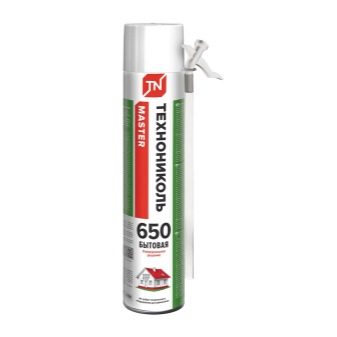
The likelihood of excess foam coming out after the completion of the operation is high if the work is carried out using household cylinders. In household cylinders, the uncontrolled consumption of the composition leads to the fact that it increases in volume up to 100%. In addition, the gas is supplied unevenly, the cylinder begins to "spit". As a result, the foam displaced from the seam filled with it can more than half cover the surfaces on its two sides. Usually on one side there is a wall, which is not so scary to get dirty, on the other side there is an element of decoration of the room.
Since the composition of the foam has high adhesion to almost any surface, contact with finishing elements such as MDF doors, slopes, flooring and others is not recommended. It is extremely difficult to erase or wash off this building composition. When using a professional gun, the probability of foam staining the trim elements is negligible, but it does exist.
To exclude accidental contamination during the installation of structures, it is necessary to protect their decorative surface. For protection, PVC film or masking tape of the required width can be used.
Doors are usually protected by transport protective covers, which are recommended to be removed no later than two weeks after installation. If the product does not have a protective coating, the job becomes more difficult.
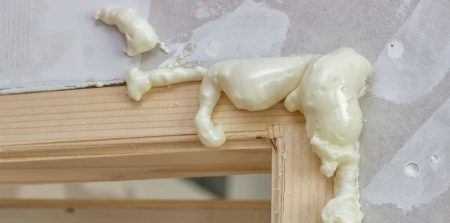
How can you wipe it off?
In the process of work, the assembly staff can get on their hands or finishing elements, which they can ruin. Getting the composition on your hands is not as catastrophic as if it gets on the interior or front door. All doors have a different coating, so the algorithm of actions will depend on the material of the top layer.
There are various foam solvents that break it down. These include acetone, solvents 646, 647, dimexide (sold in pharmacies), white spirit, ready-made products for flushing assembly guns, as well as cosmophen different activities.
Various formulations can be used to effectively remove foam stains. Professional products include Penosil Foam Cleaner, Waller, Ultima Professional, Oppa.
When choosing, you need to focus on the type of foam that was chosen for installation.
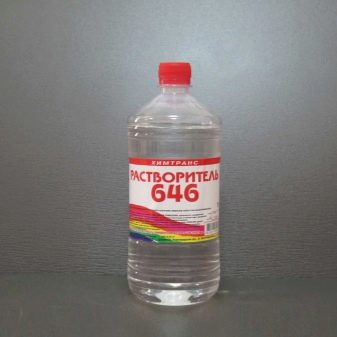
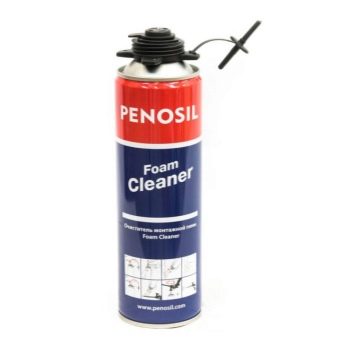
It is preferable to choose funds from one manufacturer, since each of them has its own secrets, additives in the polyurethane foam.
- Soudal Pu Remover. One of the good preparations is Soudal Pu Remover paste, designed for polyurethane foam of the same name. To remove the composition that has got on the decorative surfaces, the paste is applied with a brush and left for 15 - 20 minutes. Residues are removed from the surface with a spatula (preferably not hard). After the procedure, the surface is wiped dry.
- Acetone. Like any solvent, it softens the stain material. Carefulness is required when carrying out work. It is important to ensure that the composition does not destroy the surface to be treated.
- Tools for cleaning assembly guns. Usually they are easy to clean off fresh foam that has not had time to completely polymerize (dry). For cured foam, these formulations may be useless.
- Dry foam preparations... These formulations are good enough, but before using a particular drug, it is necessary to check its effect in an inconspicuous place. If the decorative surface does not collapse, does not become cloudy, the composition can be applied on an open area of the door leaf or frame.
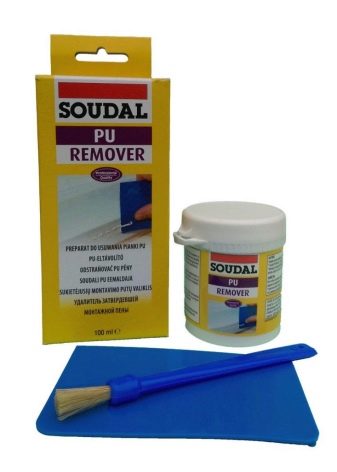
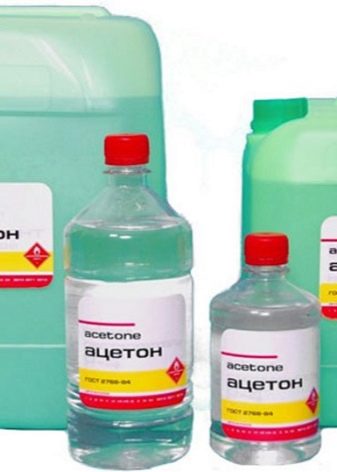
- Cosmophen. The most powerful of the preparations for removing polyurethane foam is considered composition at number 5. Number 20 is the most gentle. Cosmofen is a popular product, while No. 20 can be used to clean polyurethane foam from clothes without damaging the fibers of the fabric.
- Cloth napkin. Removes sticky foam without polymerization.After mechanical removal of the defect, after 20-30 minutes, treat the stain with an ordinary detergent, soda or solvent that does not spoil the surface to be cleaned.

How to clean: effective ways
It is not for nothing that in the construction market there is a wide range of tools for removing polyurethane foam. In each case, it is necessary to use a specific tool. Consider several options for removing foam from surfaces of different materials, taking into account different door coatings.
Metallic with paint
Powder coated metal doors or painted with baked hammer enamel are particularly durable. Solvents will not spoil it.
Just in case, you must first try the action of the solvent in the lower corner of the box, which will later be covered with a floor plinth.
Do not try to remove the foam while it is not cured. This will leave a larger smeared area on the door. You need to wait until the entire surface of the lump is covered with a film and dries up a little. Then it is necessary to gently grasp the formed ball and break it off.

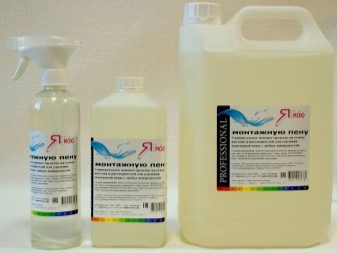
If the foam does not fall in a drop, but creeps up like a fur coat, you can cut it off with a sharp painting knife. The defective area should be cleaned with a fine abrasive so as not to leave scratches. This will help clean up any remaining foam.
If a stain remains, it is best to treat it with an appropriate solvent on the list. If it is possible to buy a foam remover from the same manufacturer whose product was used to install the door, this will be the best solution. It is necessary to carefully read which surfaces cannot be treated with the proposed composition.
Lacquered
It is imperative to wait until the foam polymerizes to a thick dough or soft rubber. By gently pulling on the top of the lump, it is necessary to separate the foam from the soiled surface. Usually, with such manipulation, no traces are left on the surface of the door. Small splashes can be easily removed with a dry microfiber cloth. If traces of foam remain, you can soak them with Dimexide (it softens the foam in 2-3 minutes) and remove the remains with a napkin. If the varnish has become cloudy, it can be buffed with regular furniture polish.
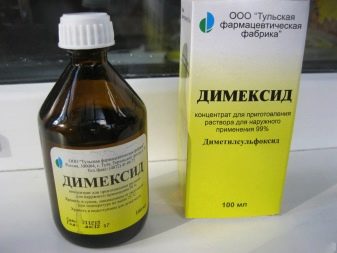
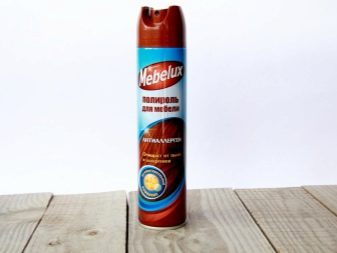
Veneered and eco-veneer
These materials have an embossed surface. If you try to use Dimexide to remove the polyurethane foam, it can destroy the pattern imitating the wood grain. Therefore, mechanical cleaning of the surface should be tried first. To do this, you can use a knife or plastic spatula. You can try to lightly sand the surface with a fine grit abrasive.
After mechanical cleaning, the surface must be rinsed with a damp sponge using the hard side, and then wiped dry with a clean cloth. To fix the result, the surface is treated with a solution of soda.

Glass base
Decorative exhibitions enhance the look of any design element. But when sprayed with foam hits them, they lose their decorative appeal and seem sloppy. To clean the glass from polyurethane foam, first use a mechanical method of cutting the defect with a sharp painting knife.
If a foam stain remains on the glass surface, a few drops of vegetable oil are applied to it. This will soften the foam. Wipe the stain with the hard side of a household sponge, then wipe the surface dry with a cloth napkin.
Fresh foam can be removed with vegetable oils. If the stain remains on the surface for a long time, this method will not give the desired results.


Iron door
This surface is the most unassuming. Foam from it is usually considered a mechanical method. Do not touch the contaminated place until the installation composition is completely dry. After that, the dried foam particles are removed by hand.If stains remain, in the places of contact, the foam is removed by sanding with a fine abrasive or a solvent that does not affect the metal coating.
Wooden surface
The recommendations for cleaning a wooden surface are the same as for cleaning a varnished surface. The task is simplified by the fact that the surface of the wood is usually matt. If after cleaning there is a small stain that is different in color from the rest of the surface, you can use wax crayon for furniture of a suitable color. These crayons are sold in any specialty furniture hardware store. A simple application of the crayon gives a matte finish.
Applying furniture wax in molten form allows you to obtain a shiny surface as close as possible to the varnished surface. After application, it can be polished if the decorative coating requires it.

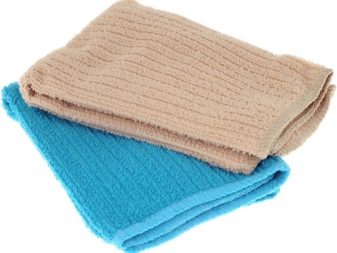
Useful Tips
Try not to use household cylinders. They are appropriate only in the case of minor repairs, they cause a lot of inconvenience if it is necessary to fill a sufficiently deep seam. Sometimes the large holes between the wall and the door, left by the builders, are filled with foam. In this case, it is worth coming up with some additional filling material: cardboard, polystyrene, crumpled paper.
After complete drying, all excess foam is cut off with a sharp painting knife, without touching the main surfaces.
Take your time to apply solvent, Dimexide, or helium solution. First, you need to try to remove defects from the sprayed composition mechanically. Only if the effect of this cleaning is zero, it is worth switching to chemical cleaning methods, not forgetting to wash the surface afterwards and wipe it dry.
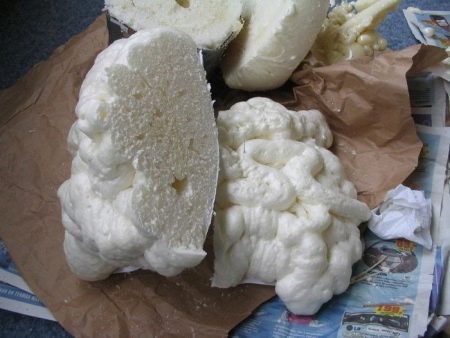
Getting polyurethane foam on the decorative part of the door is a fixable thing if you follow the step-by-step instructions of professionals. The attached video contains a step-by-step diagram for the removal of building material.








